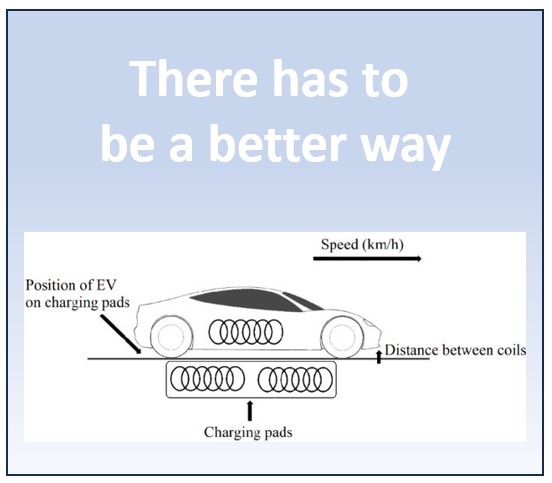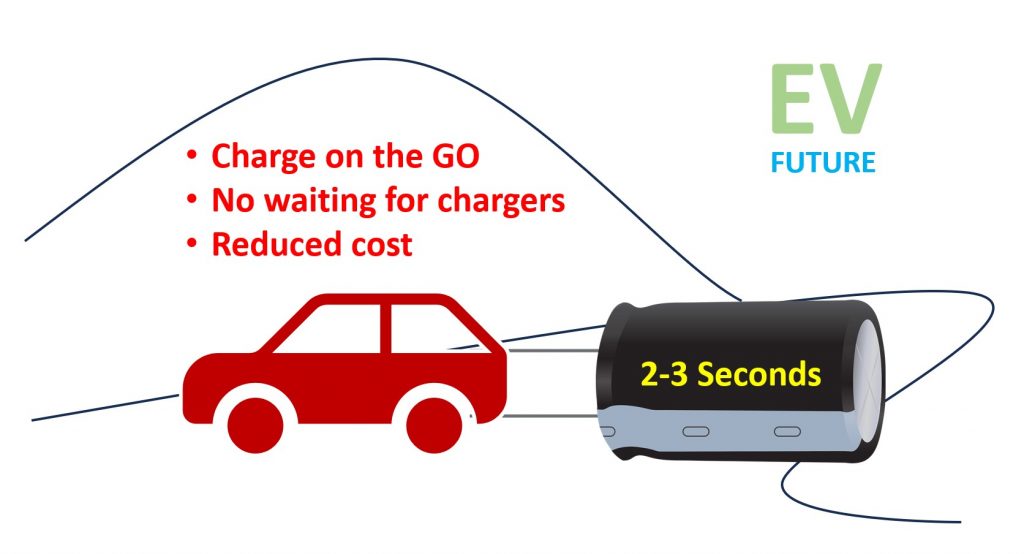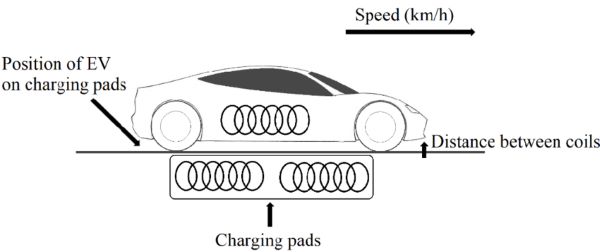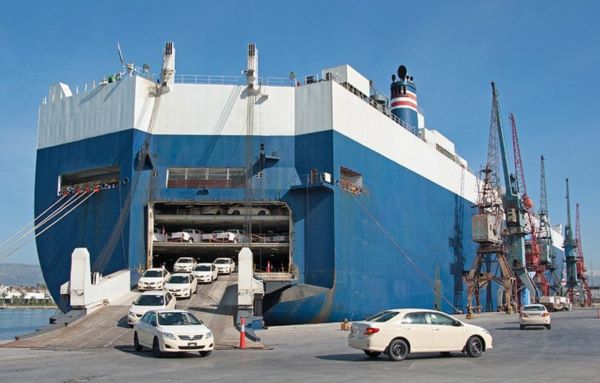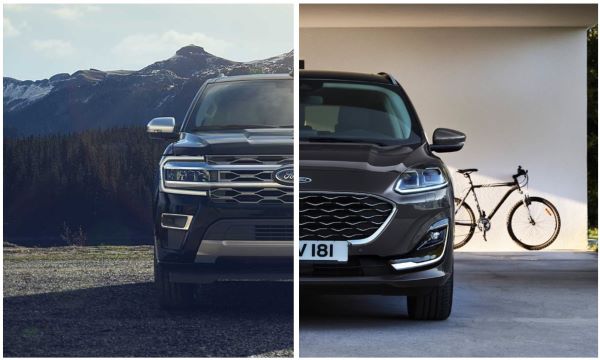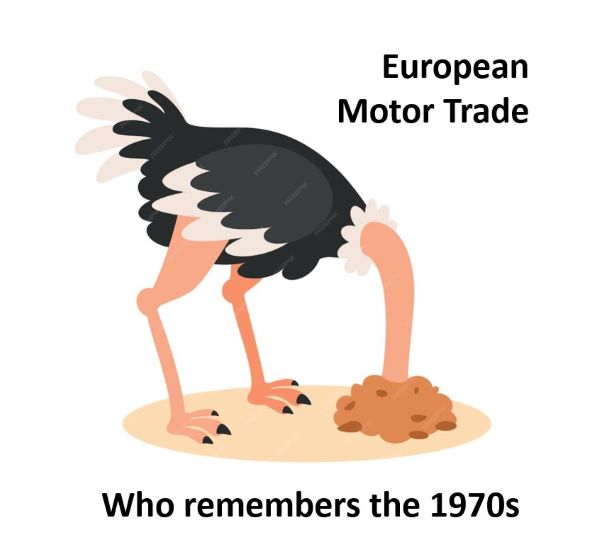Depending upon how old you are, I wanted to ask – Have left the world a better place today than when you were just starting school?
As with a lot of things, this discussions has come out of a congenial discussion at the end of a business meeting. And before we all shout “yes it’s better / No, it’s worse”, I acknowledge that we are all connected to every possible piece of information, our TV’s are positively HUGE and the Unions aren’t on strike – oh, wait a minute, yes they are.

Really, I’m asking about your childrens, and grandchildrens lives. In comparison to yours.
I read an article this week, that noted that in America in the 1960’s an ‘average’ 2.2 family had one bread winner, one stay at home mum and the family still managed to buy a sensible sized family home, put food on the table, and still pay to put the two kids through college.
Can you do that today? Should you be able to?
Some numbers – I decided to avoid the Governments shopping backet with its various calculations. Boring. Instead I brought it right down to something we are all pretty familiar with – How much you earn in a year, how much did your car cost (on average) and how much did your house cost.
All fairly standard, average figures used. And the outcome . . . . . 50/50 split.
1969. Neil Armstrong had just landed on the moon and I was wearing shorts.
Income / House / Car
£1000 – £4,900 – £1,300
5x wage 1.3x wage
1995. The Spice Girls are just about to arrive.
£4,500 – £55,000 – £4,750
12x wage 1x wage
2023. We are all staring at our phones / tablets / laptops post BREXIT and Covid.
£29,000 – £258,000 – £18,500
9x wage 0.6x wage
House prices – things went really bad in the late 1990’s, when it seems no one could afford to get a mortgage, and they aren’t much better today.
Cars. Honestly, a much bigger drop than I expected, down to just over half of your annual wage.
So the key question – are we going to be ripped off by these hugely expensive electric cars?
Well, even allowing for the expensive Mercedes, Audi, Porsche and Tesla models, a sensible ‘family’ electric car is generally around £40,000. You can get cheaper and you can spend a lot more.
If we add that value to our stats –
2023 Electric cars : 1.3x annual wage.
So for cars at least, and definitely across the large family car brands, if not the Germans makes, the truth is : Your car cost you the same today as it did in the 1960’s.
Perhaps we should be reaping the cost saving and manufacturing benefits of 60 years technological advance? Perhaps we already are – you can plug it in over night, for a full charge at not a lot of money!
I’m off to order a brand new Volvo EX30 and a long extension cable immediately.
Just don’t ask how safe I think the location of the speedo is.

